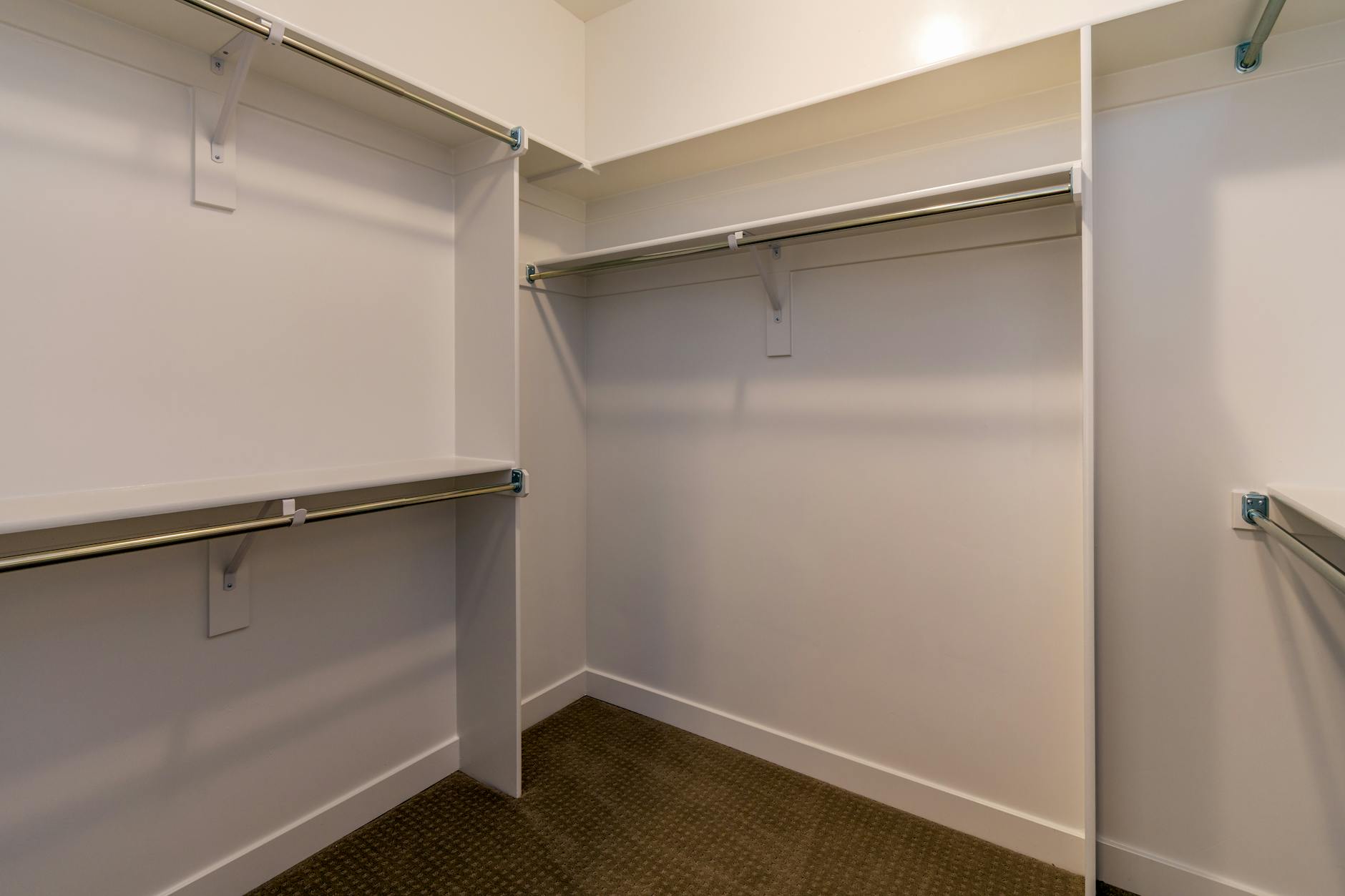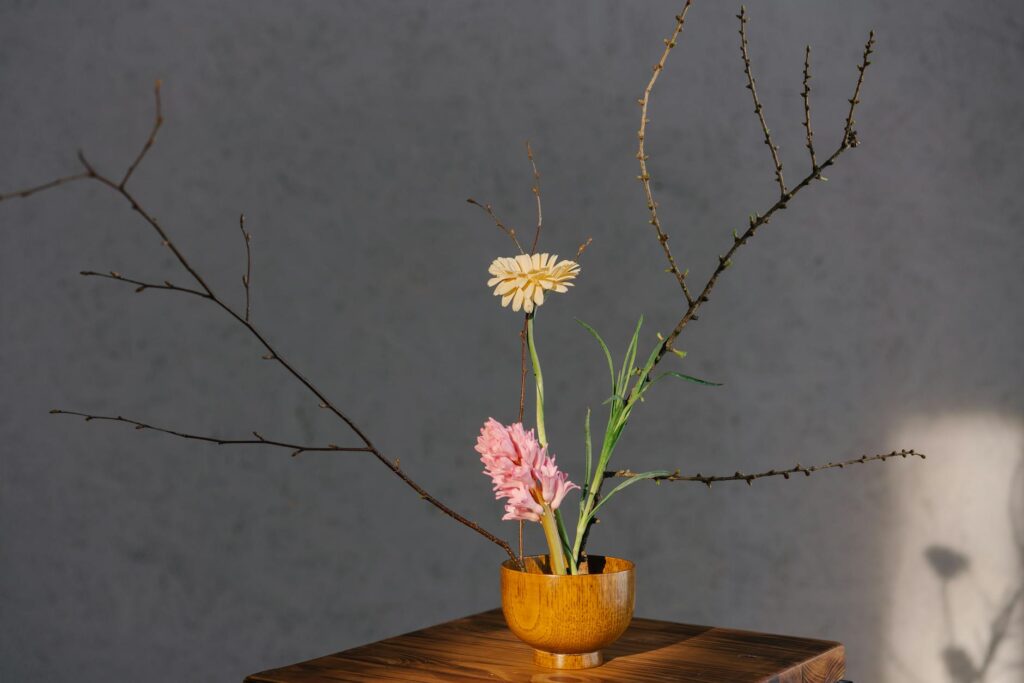Introduction
If your home feels cluttered or inefficient, simple changes can make a big difference. This article breaks down easy and effective home organization tips you can apply room by room. You will learn how to prepare a realistic plan, remove items you no longer need, and choose storage solutions that match each space and lifestyle. Practical examples, quick habits to maintain order, and a comparison table of room-specific fixes will help you act immediately without feeling overwhelmed. Whether you live in a small apartment or a family home, the guidance here focuses on low-cost, high-impact strategies designed to save time, reduce stress, and make everyday routines smoother. Read on and transform clutter into calm.
Start with a plan
Good organization begins before you buy bins or rearrange furniture. A concise plan keeps efforts focused and prevents impulse purchases that add more clutter.
- Walk through and zone: Walk each room and identify primary zones by activity: cooking, prepping homework, dressing, relaxing. Write one goal per zone, for example: “Make the kitchen counter usable for meal prep” or “Create a homework station with supplies within arm’s reach.”
- Set realistic timelines: Break the project into 20- to 90-minute tasks. Small wins build momentum and prevent burnout.
- Measure and photograph: Measure shelves, cabinets, and closets. Take photos to compare before and after and to help choose correctly sized storage.
- Budget and prioritize: Decide what to fix first based on daily pain points and available budget. Often small organizational purchases yield the biggest returns.
Declutter with decision rules
Decluttering is the single most important step to lasting organization. Use simple rules so decisions are quick and consistent.
- Use four boxes: Keep, donate, recycle, discard. Handle each item only once when possible.
- Apply quick filters: If you have not used an item in 12 months, it likely belongs in donate or discard. For seasonal items, use 24 months as a rule of thumb.
- One-in, one-out: After the initial purge, adopt a one-in, one-out policy for similar items such as kitchen gadgets, toys, or clothing.
- Sentiment and storage: Limit sentimental items to a single box per person or digitize items like kids’ artwork and old paper documents to reduce physical storage needs.
- Quick digital declutter: Delete unused apps, organize photos into folders, and unsubscribe from lists that create unnecessary tasks or purchases.
Practical storage solutions for every room
With decluttering done, select storage that fits the item, fits the space, and encourages daily use. Below are targeted solutions and habits per room to maximize function.
- Kitchen: Use vertical storage for pots and lids, a clear container system for pantry staples, drawer dividers for utensils, and a small caddy for daily spices. Keep everyday items at eye level.
- Bedroom: Under-bed storage for off-season clothing, drawer organizers for small items, and a tray or bowl for daily carry items—keys, watch, glasses—so surfaces stay clear.
- Living room: Baskets for throws and kids’ toys, multiuse furniture with hidden storage, and wall-mounted shelves to free floor space. Create a designated drop zone for mail and chargers.
- Bathroom: Over-the-door or wall-mounted racks for towels, clear bins for toiletries, and magnetic strips inside cabinets for metal tools like tweezers and clippers.
- Home office: File only what you need in labeled folders, use vertical filing or magazine holders, and employ cable organizers to tame cords. Keep a desktop inbox for active projects.
| Room | Recommended storage | Quick tip | Typical time to implement | Estimated cost |
|---|---|---|---|---|
| Kitchen | Clear pantry bins, shelf risers, magnetic knife strip | Group by function: baking, breakfast, snacks | 1 to 3 hours | Low to medium |
| Bedroom | Under-bed boxes, drawer dividers, shoe racks | Rotate seasonal clothing twice a year | 1 to 2 hours | Low |
| Living room | Storage ottoman, baskets, wall shelves | Keep surfaces clear by storing items in baskets | 30 minutes to 2 hours | Low to medium |
| Bathroom | Clear drawers, over-the-door organizers, labeled bins | Throw old products monthly | 30 minutes to 1 hour | Low |
| Home office | Vertical files, cable clips, desktop trays | Adopt a weekly inbox zero habit | 1 to 3 hours | Low |
Build simple maintenance routines
Organization is not a one-time event. Create short, repeatable routines to keep spaces working as intended.
- Daily 10-minute tidies: Set a timer each evening to return items to their place. Small daily effort prevents big weekly cleanups.
- Weekly reset: Spend one longer session each week to clear surfaces, empty kitchen bins, and sort mail.
- Monthly purge: Quickly scan closets, fridge, and medicine cabinet for expired or unused items and remove them.
- Quarterly audit: Review each zone against your original plan. Adjust storage if a solution is not being used or if better placement would save time.
- Labeling and visibility: Labels and clear containers reduce decision fatigue. When everything has a place, returning items becomes automatic.
Conclusion
Effective home organization follows a clear sequence: plan, declutter, equip, and maintain. Start by zoning and setting realistic, timed goals. Use strict decision rules to remove what you no longer need and adopt a one-in, one-out policy to avoid future buildup. Choose storage that matches item size and frequency of use, and apply room-specific strategies—clear bins and shelf risers in the kitchen, under-bed boxes in the bedroom, baskets in the living room, and vertical filing in the office. Finally, protect your progress with short daily tidies, a weekly reset, monthly purges, and quarterly audits. With small consistent actions and the right tools, you can transform any room into a functional, calming space that supports your routine and reduces stress.
Image by: Get Lost Mike
https://www.pexels.com/@michaelgaultphotos




